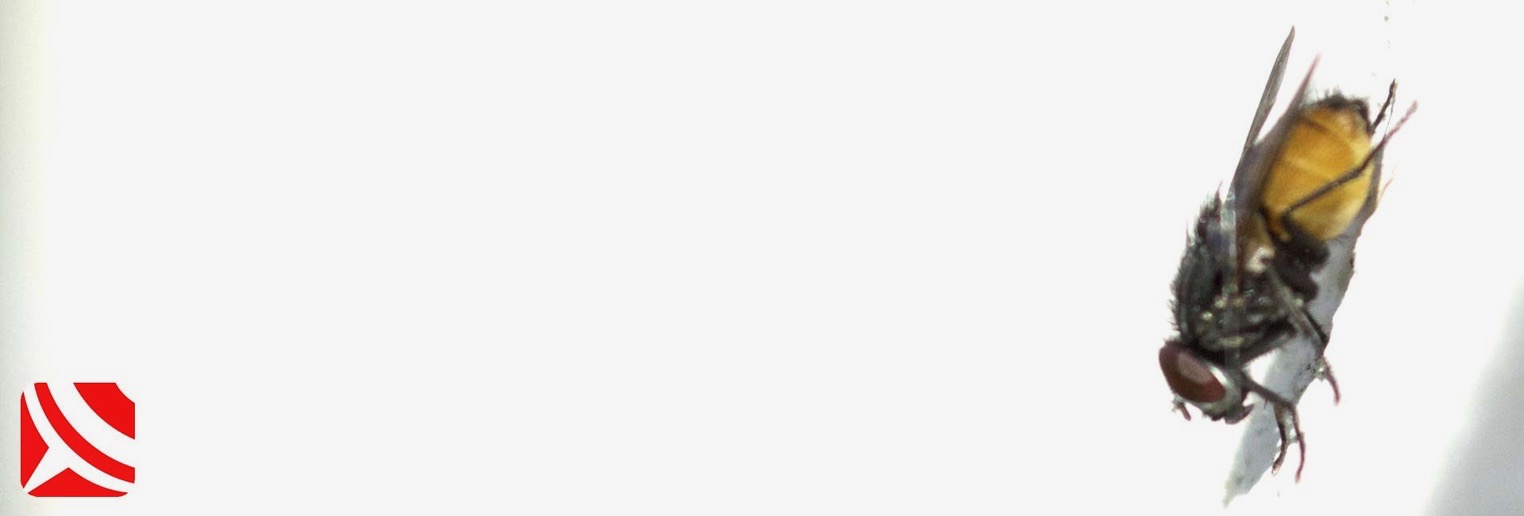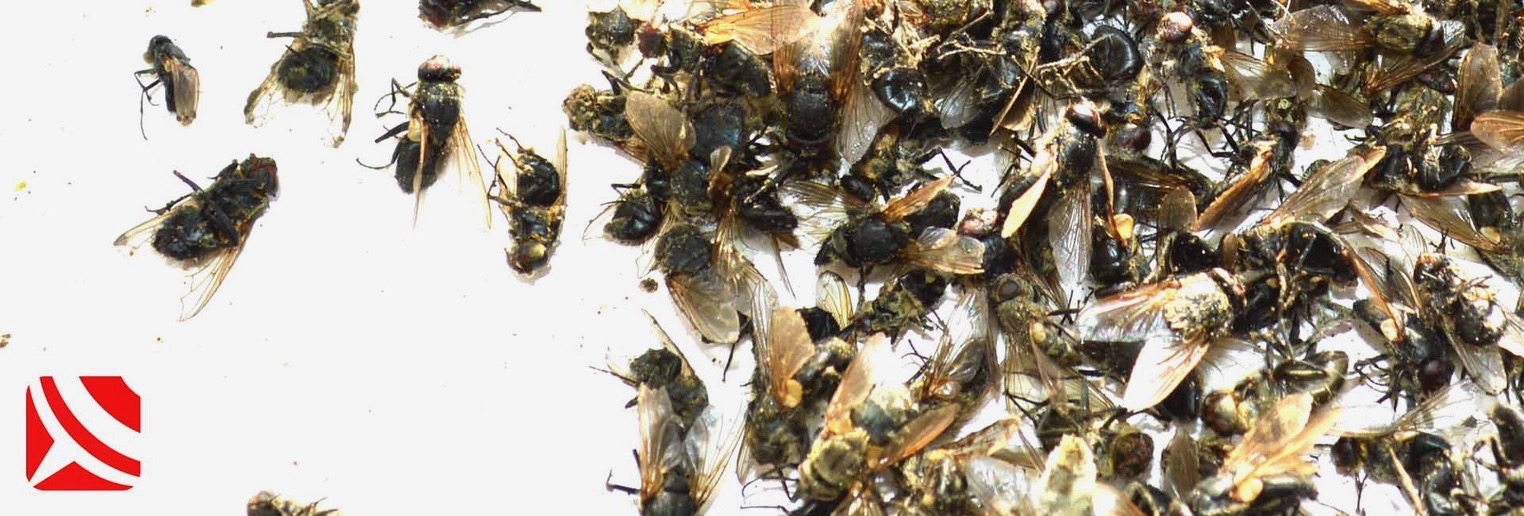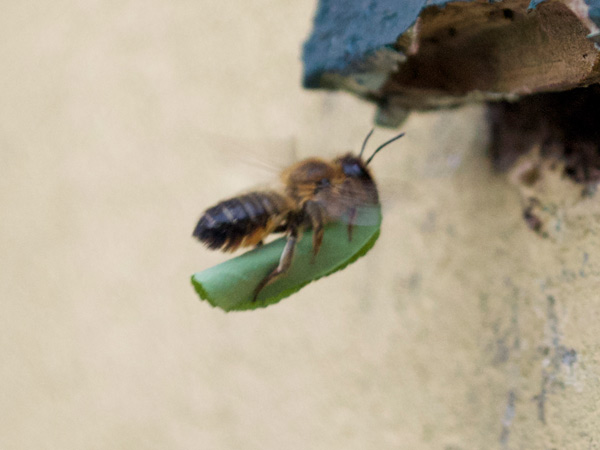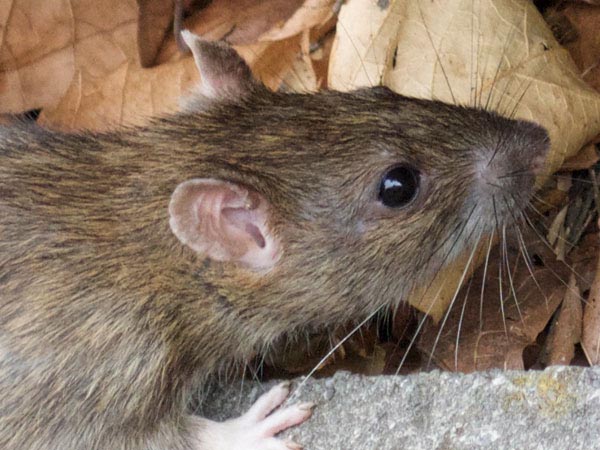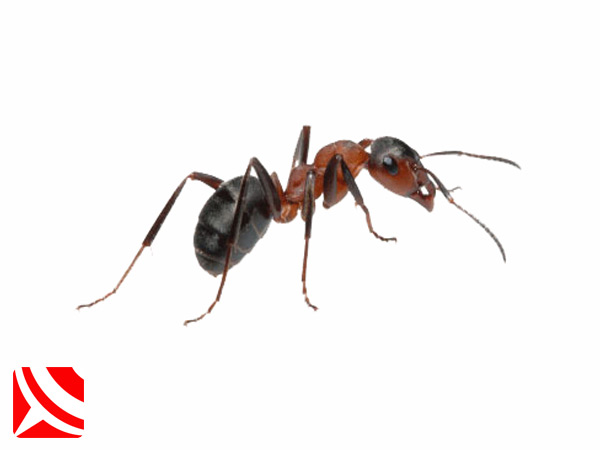Cluster Fly Control - FAQ's
Cluster Fly Control: Infestations of clustering and slow moving flies in the voids and attics of our homes and businesses are common in the Autumn, Fall and Winter.
These unsightly flying insect pests are usually Cluster Flies belonging to the family of flies we know as Pollenia.
Cluster Flies: Description of the main facts and features:
The most common of these flies is a medium sized, nuisance fly, 8mm - 10mm in length, greyish olive in colour, adorned with golden hairs, making them quite distinctive to the trained eye. They are also more sluggish than other similar flies, like Blow Flies and House Flies.

UK Cluster Flies Found in Bristol:
Bristol is home to eight commonly encountered species of Cluster Fly that get the name, cluster fly, from their clustering behaviour, sometimes in groups of 10,000 or more. The four most common species in and around Bristol Include:
Common Cluster Fly - Pollenia rudis: Olive grey with golden hairs on the abdomen.
Autumn or Face Fly - Musca autumalis: Like a house fly but with a yellow/orange abdomen.
Green Cluster Fly - Dasyhora caynella: Like a house fly but shiny green/blue in colour.
Yellow Swarming Fly -Thaumatomya notata: A small fly a little like a fruit fly but with dark eyes.
What Diseases Do Cluster Flies In Your Loft Carry?
Cluster Flies Are Not Important Carriers of Disease.
In "most" situations they are not a significant pathogenic (disease causing) risk in most situations, and should be viewed only as an unsightly nuisance with a life-cycle that takes place externally, and not be seen as a sign of poor hygiene.
If the flies are left to accumulate, they can deposit large quantities of droppings, and these might increase the likelihood of disease transmission and development.
Hibernation takes place from September onwards, and often comes in waves. These late influxes of flies, mean any control treatments need to be carried out as late into the year as possible to have the very best effect.
The Flies also over winter with, "and can encourage" other fly populations that are important carriers of human diseases like the blow flies found on faeces and rotting carrion.
Large fly populations can create a very unpleasant smell, offering us just one possible reason that other, potentially more dangerous species of fly might want to over winter with them.
Blowflies are often present in the dozens or hundreds, but never any more than that, and may very well relate to animals or birds that have recently died within or close to the property in question.
Where Do Cluster Flies Come From?
Any Grassed Areas - including lawns, pastures, parks and greens, etc. Even if you have no grassed areas immediately around you or you live in a block of flats, cluster flies will regularly settle in the highest roof voids and wall cavities.
What is The Cluster Flies Life-Cycle?
They begin life as an egg, laid by the female during the warmer months of the year, in the burrows of earthworms.
Maggots/larvae quickly hatch and follow the burrow until they find a worm, enter its body, and begin to feed.
These parasites mature, before leaving the dead or dying worm in order to pupate and develop into the adult flies.
Populations of flies vary in number, depending heavily on climate. It has been asserted that the warmer the summer and autumn the greater the overwintering populations will be. This is bad news in terms of numbers, but good news, because you can plan to have the flies controlled in advance and take steps towards that end.
Being parasites of earth worms they are most abundant in areas with lots of grass land, parks, and grazed pasture.
White and light painted surfaces, especially those that are south and west facing where they can bask in the sun can create swarm conditions, forcing homeowners to change the colour of their homes to more subdued tones that discourage clustering flies.
Once they have mated and the outdoor temperature begins to decline, autumn signals the flies to seek refuge inside buildings, under bark and in the hollows of trees, etc.
Do Cluster Flies Cause Damage?
YES: When present in significant numbers.
The problem facing most people who live in areas with plenty of open grassland is that their homes offer these little parasites the ideal environment to overwinter. They also like to enter window frames especially casement and sash windows where they leave significant deposits of fluid and faecal residues with an offensive, sickly smell.
Cluster Flies also like to hibernate in the warmth and shelter of our lofts and the growing popularity of ceiling halogen lights means that scores of flies can collect around the light fittings and potentially create a fire risk. UPVC windows are also affected, so modern windows are just as much affected in many cases.
How Do You Get Rid of a Cluster Fly Infestation?
Fumigation & Electronic Fly Killers are the most common control methods.
Cluster flies are common in the loft and attic spaces of your home and business premises. The warmth generated in these areas of the property mean that during the months of October and November flies are naturally drawn into these cavities and voids where they congregate in groups or clusters.
Fly activity is often only discovered in roof voids when people like yourself go up to collect the Christmas decorations or camp beds etc.
You will first notice a very sickly and rich smell and then at first a few flies attracted to the light source you are using.
Don't make the mistake of disturbing them, especially if you've not dealt with these insects before as it's not uncommon to find tens of thousands of these flies. This is especially true in the lofts of secluded properties or properties where the loft is not used.
Once disturbed, the flies will very often swarm you a little like a horror movie, especially if you start spraying them with a tiny can of supermarket strength fly spray. You don't want to panic and fall through a ceiling or fall through an open loft hatch - and yes it has happened!
So fly sprays can have some effect but in most cases, your only other non-professional option is the use of an industrial electronic fly killing unit with a specially adapted collection tray or plastic sack.
Good quality EFK (electronic fly killing) units will set you back many hundreds of pounds, but if you use a cheap one that's not designed for heavy use in confined spaces it may set your house on fire!
Fumigation is usually the very best form of rapid control, and the challenge is always to try and time this, so you kill as many flies as possible. Do it too early, and you will need re-treatment a few weeks later to kill the final wave of overwintering flies. So late October and November are best unless you need control more quickly.
How To Exterminate Cluster Flies in Windows.
Proofing and Residual Insecticide Treatments are the most common control methods.
Flies in windows are very, very common. You will often find that these often, rather plump flies are quite amazingly able to get into some of the tiniest gaps imaginable. Common places you are more likely to find the flies are the internal weight pockets or shafts of sash windows and the Internal frame cavities of both traditional timber and UPVC double glazed units.
What you will likely see is a dark brown speckled covering of fly faeces where the windows close tight into the frame. The best way to tackle this is to spray a lacquer based insecticide or spray into the cavities of the windows and wipe oil based persistent pesticide products around the window pane perimeters to knock down as many flies as possible that land on them.
You often first notice these flies when you open a window after October or in the spring you notice flies emerging into your home instead of your garden. These flies are not described as being important carriers of disease, however, they do defecate a lot and cause unsightly and filthy faecal staining on widows and window frames.
Limitations of Cluster Fly Treatments
Nothing Provides 100% Control, they almost always find a way in.
Proofing contaminated areas is of little use, as in most situations they will be able to find a hole large enough to fit through somewhere on your property. Another reason they are able to enter properties is simply because your property requires ventilation to breath and without sufficient air flow, mould and rot can set in.
Another phenomenon is that it is believed, aggregation pheromones and other chemicals are responsible for the clustering behavior. What is interesting and common with other insects like wasps, is that these flies can be a very selective on the properties they infest.
Once you have a problem with these flies they will keep coming back year after year and in greater numbers than adjoining or nearby properties of the same or similar age. Before you have any treatment carried out it is important that you assess an affected space for bats as it is illegal to disturb or kill them.
Eliminate Blow Flies: CALL - 0117 303 5181
Locations Our Bristol Pest Control Services Cover Include:
Bristol - Clevedon - Portishead - St Annes - St Pauls - St George - Sneyd Park - Fishponds - Eastville - Easton - Frenchay - Filton - Westbury - Stoke Bishop - Stoke Park - Southville - Long Ashton - Patchway - Bradley Stoke
